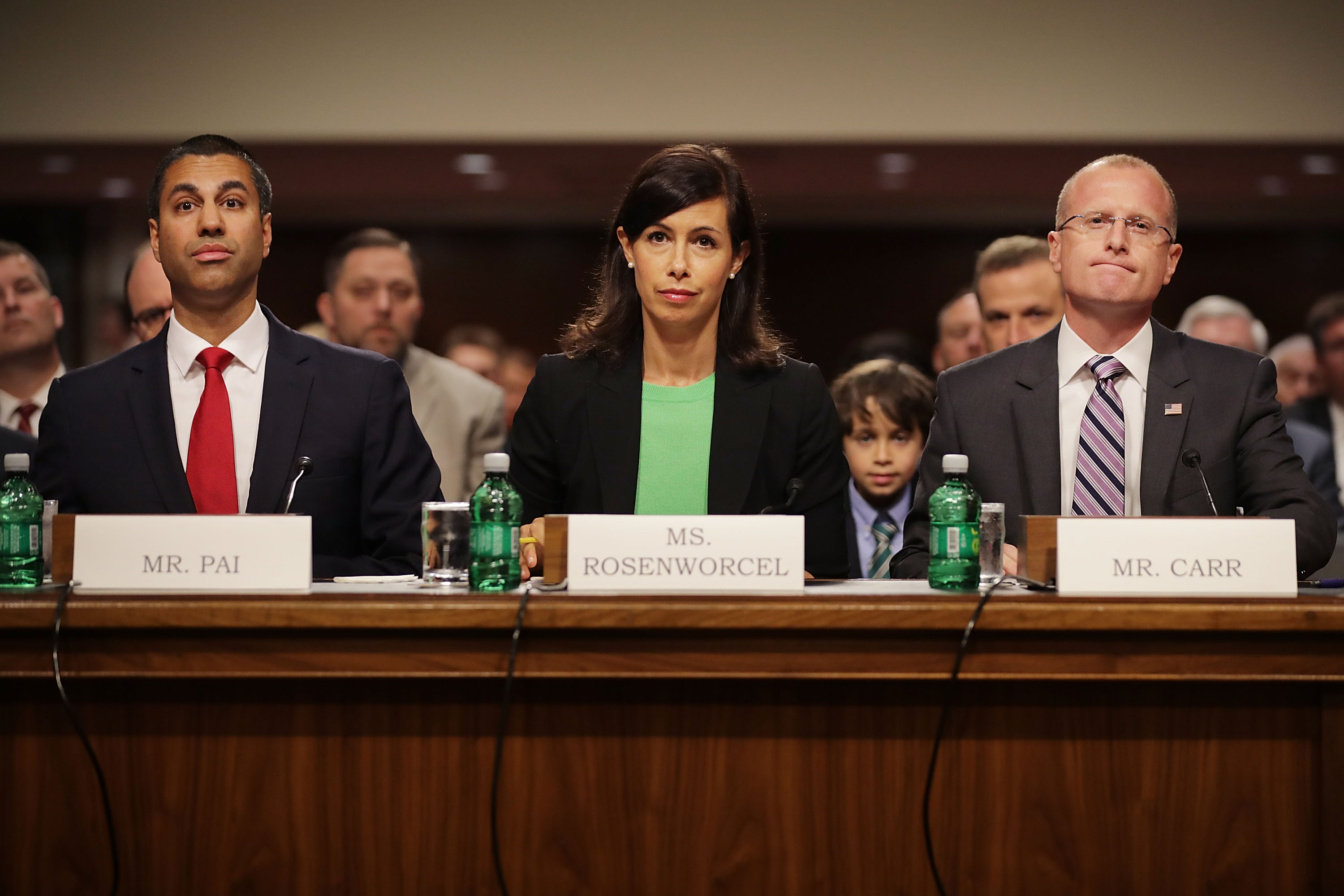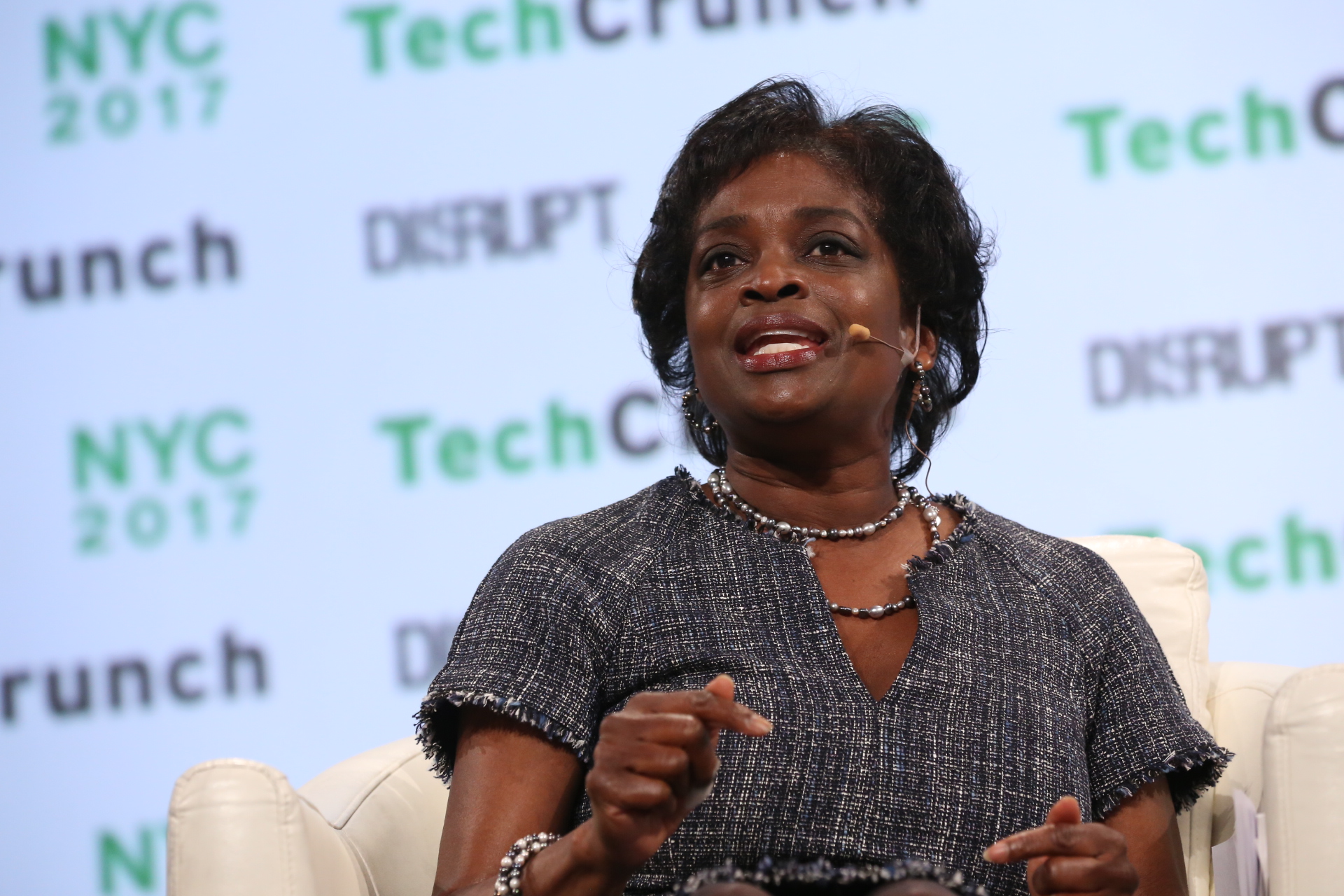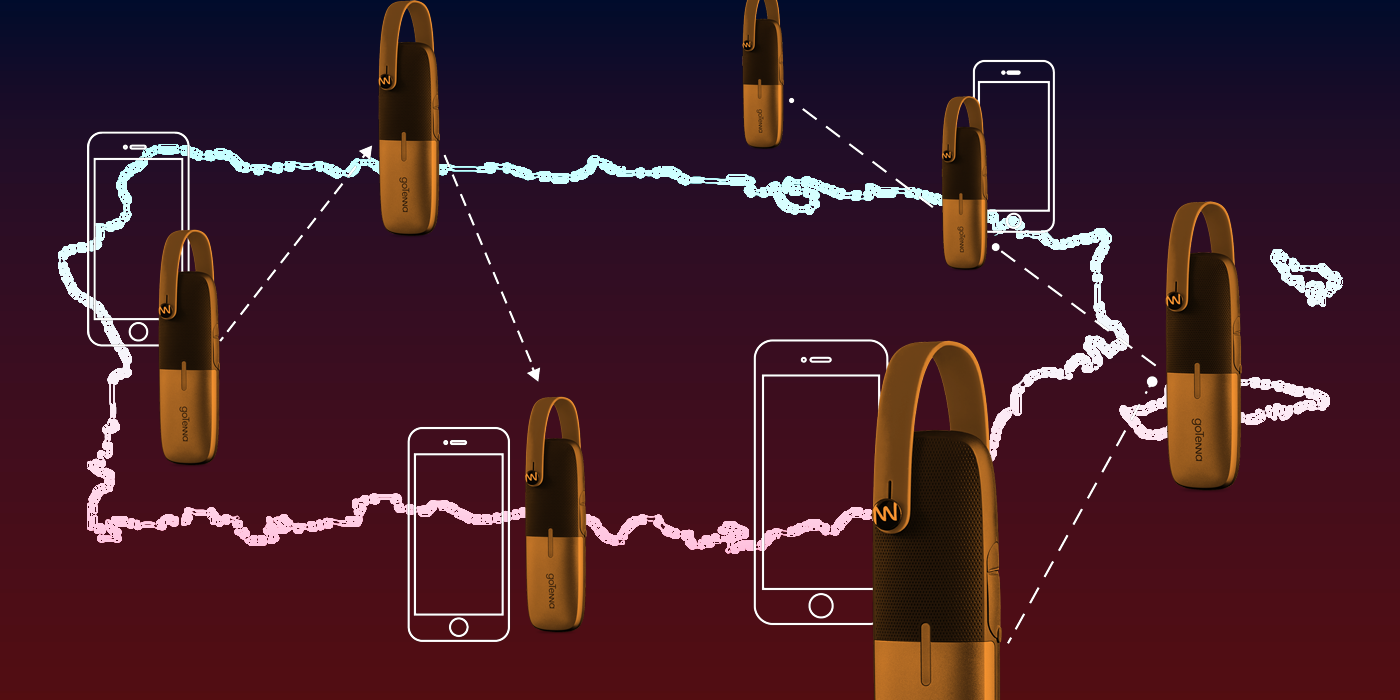From the furore engulfing the FCC this last year you might think that the agency had accomplished little but appalling privacy advocates and dancing for its patrons, the telecoms. But as is so often the case in government, much was done to little fanfare, only to be overshadowed by more controversial items.
FCC Chairman Ajit Pai has released a list of “accomplishments,” such as they are, which serves to remind us of the many thankless items taking up the bulk of the agency’s time (and requiring a great deal of hard work by its many employees), but also of the malign agenda that has unfolded continuously since the election.
With such a dire-sounding introduction, I should be fair and note that the Chairman’s stated priority of closing the broadband divide has been pursued with some vigor.
The first items listed in Pai’s report (indeed among the first passed) are the Mobility and Connect America funds, which will disburse hundreds of millions (eventually billions) with the specific goal of establishing high-speed wireless coverage and fixed broadband in underserved areas. $170 million is already earmarked for upstate New York.
This earnest action is countered by several things. Most recently, we’ve learned that the Broadband Deployment Action Committee, ostensibly a wide-ranging mix of folks assembled for that eponymous purpose, is so dominated by telecoms and consequently ineffective that the mayor of San Jose left it in disgust.
“It has become abundantly clear that despite the good intentions of several participants, the industry-heavy makeup of BDAC will simply relegate the body to being a vehicle for advancing the interests of the telecommunications industry over those of the public,” he wrote in his resignation letter.
Broadband deployment also narrowly avoided a major setback in the proposal that mobile data service should count as being served with broadband, for the purposes of finding out who has sufficient connectivity and who doesn’t. Of course, this proposal was incredibly illogical and would have led to, for instance, inner city neighborhoods served by LTE but expensive to deploy decent fixed broadband to, being classified as adequately served. Fortunately this ill-advised idea was rejected after months of public outcry.
And of course there’s the push to trim the corners off the Lifeline program, which helps the poor and isolated to pay for mobile service and internet. No one wants fraud, which the program deals with as a consequence of its scale and multitude of subcontractors, but the changes to the program “will do little more than consign too many communities to the wrong side of the digital divide,” as Commissioner Rosenworcel put it.
To continue down the Chairman’s list, an effort to expand telemedicine infrastructure noted by Pai is of course laudable, as connectivity is growing to be more critical in effective and accessible treatment.
But while we can applaud the program itself, it’s hard to forget that telemedicine was treated disingenuously in the net neutrality debate; proponents of the repeal argued that net neutrality would somehow interfere with medical data transfer by putting it on the same level, internet architecture-wise, as cat videos. This easily disproven FUD was characteristic of the misleading nature of many other arguments.
Pai boasts of his 20 trips relating to broadband deployment, and of course it’s good to have boots on the ground when it comes to local issues like this. But as the dissenting Commissioners pointed out at the vote in December, he made exactly zero of these trips to ask ordinary people what they thought of the proposal to eliminate net neutrality. A town hall or two might have been a sobering experience, and might have even improved people’s ideas of the new rule.
Puzzlingly, Pai also happily recalls that he: “Ended a 2016 investigation into wireless carriers’ free-data offerings. These free-data plans have proven to be popular among consumers, particularly low-income Americans, and have enhanced competition in the wireless marketplace.”
For one thing, who would congratulate the agency for abandoning an investigation (one of several, by the way) that is its duty to perform? Especially when the plans in question have been deliberately misrepresented? The popularity of the plans is hardly relevant, considering they are opt-out, not opt-in. Many consumers likely don’t know they’re even using one. Not only that, but these zero-rating practices sound innocuous but are basically paid prioritization lite.
The decision to roll back 2015’s net neutrality rules gets a prominent mention, of course, with the usual talking points. We’ve covered this particular disaster at length.
Under the heading “protecting consumers,” Pai mentions some effective measures taken against robocalls and misleading billing — something millions of people nationwide experience regularly.
Curiously, the FCC-Congress joint effort to throw a powerful set of new privacy regulations into the trash didn’t make the Chairman’s list. Perhaps he forgot about that one.
Americans with disabilities were not forgotten, and efforts were made to improve regulations relating to hearing aids and promote the quality and availability of video relay services used primarily by the deaf, as well as video-described content for the blind. But little attention was given to the ongoing ugliness around prison calling and the rackets established around that lucrative business.
Notably, all these were all priorities of Commissioner Clyburn (above), who offered the following statement when I asked her for her own opinion on the first year of this administration’s FCC:
During the first year of this Administration, I was pleased that the Chairman moved forward with several of my priorities including Mobility Fund Phase II, Connect2Health and increasing the amount of video described program available to those who are blind or visually impaired. At the same time, make no mistake, the FCC majority under the leadership of this Chairman, has given the green light to more than a dozen actions that are a direct attack on consumers and small businesses, including repealing net neutrality, dismantling broadband privacy protections and eliminating key media ownership rules. It is these anti-consumer actions that are most telling of the direction this agency is headed.
The Chairman is proud to have established a rule whereby items to be voted on are made available to the public three weeks before that vote. This is definitely an improvement, though it can lead to misunderstandings when edits are made during and after that time.
But increased transparency on this level looks trivial next to the choice to obscure far more important things, like the nature of the cyberattack suffered during the Restoring Internet Freedom comment period, or the preponderance of fake comments filed. Fortunately, Congress and nearly two dozen attorney generals are on the case. And again, transparency is something best experienced in person, which when it came to the net neutrality rule, was something its proposers avoided.
Pai makes much of the FCC’s response to the ongoing widespread outage of connectivity in Puerto Rico following an unusually intense hurricane season. And indeed, it did eventually visit the island and set aside $77 million — for carriers — to help restore service there and in the U.S. Virgin Islands.
But few would say that the FCC has been successful or even met its duties. I’ve spoken with recovery personnel and people working to reestablish communication there, and they had mostly given up hope of timely federal assistance. The President’s many gaffes and diplomatic missteps aside, the FCC’s response left much to be desired, with over half the population still disconnected several weeks after the disaster.
This can’t be put entirely on the FCC’s plate, of course, but it seems disingenuous to highlight a too little, too late response as an “accomplishment.”
Meanwhile, the agency courted major cable and broadband providers with a series of decisions that are masqueraded here as “modernizing outdated regulations.”
In a time of unprecedented consolidation of media properties and the many obvious and subtle risks that brings, the FCC has decided that it should relax rules governing ownership of multiple news properties and the extent of a media company’s national reach. As usual, the rule’s age is cited and Pai finds it has “outlived its usefulness.” Commissioner Rosenworcel disagrees rather vehemently:
Instead of engaging in thoughtful reform—which we should do—this agency sets its most basic values on fire. They are gone. As a result of this decision, wherever you live the FCC is giving the green light for a single company to own the newspaper and multiple television and radio stations in your community. I am hard pressed to see any commitment to diversity, localism, or competition in that result.
It’s gotten to the point where members of Congress are plainly asking whether the FCC is working to specifically benefit a single major media company, Sinclair, at great cost to locally owned media and of course consumers.
This article is by no means a complete list of what the FCC has done, both well and poorly, in good faith and bad, during the last year. I mean to illustrate that the year has been one where many small accomplishments were indeed recorded — but not only were more major efforts and trends anti-consumer, but the public’s faith in the agency has been eroded substantially.
Before 2015, few Americans knew much about the FCC or considered it as having much of an effect on their daily lives (though it did even then). But net neutrality put it on the map in a big way — and a good way, except of course among allies of the telecommunications industry.
In 2017 the FCC reduced that presence to a blight, with millions of Americans feeling ignored or actively worked against, and an agency once known for quietly fulfilling its purpose transformed into a stalking-horse for partisan and corporate interests.



